If you’ve ever smoked weed or drank alcohol, you know the two sensations are worlds apart. In this article, we’ll dive into the debate of High vs Drunk, helping you understand how each substance interacts with your brain, body, and lifestyle. Whether you’re curious about which is safer, more socially acceptable, or simply more enjoyable, our guide will break down the science, health considerations, cultural contexts, and personal preferences that shape your choice.
For centuries, humans have turned to alcohol and cannabis for relaxation, socialization, and even medicinal relief. Yet despite their shared history as mood-altering substances, they operate on very different biological mechanisms and carry distinct risks and benefits. By examining the key differences—ranging from neurological impact to long-term health outcomes—you’ll be equipped to make an informed decision about whether you prefer to be High vs Drunk.
Depending on your cultural background and where you live, smoking cannabis can be socially more accepted than drinking alcohol—and the reverse can also be true. In some cultures, it’s perfectly normal to enjoy a joint while watching a film alone, whereas drinking solo is often frowned upon. Social norms shape our comfort level with each substance, influencing when and where people choose to get High vs Drunk.
The most striking differences between cannabis and alcohol emerge when we examine how each affects normal brain function. Alcohol primarily influences the cerebellum, impairing balance and coordination—hence the awkward gait often seen in intoxicated individuals. It also disrupts the cerebral cortex, which governs decision-making, leading to impulsive or risky behavior.
Cannabis, on the other hand, interacts with the body’s own endocannabinoid system. Cannabinoids like THC mimic endogenous neurotransmitters, binding to CB1 and CB2 receptors throughout the brain and central nervous system. This targeted action can reduce inhibitions without the same level of motor impairment or drastic decision-making deficits caused by alcohol. Many people report feeling more clear-headed and controlled when High vs Drunk, even as their mood and perception shift.
When comparing the health impacts of cannabis and alcohol, the two substances diverge sharply in toxicity, long-term risks, and medical potential. Understanding these distinctions can guide safer consumption and inform your choice between getting High vs Drunk.
Alcohol is a known toxin that can be fatal at high doses. Alcohol poisoning claims lives every day, with the U.S. Centers for Disease Control and Prevention reporting an average of six deaths per day from alcohol overdose alone. Withdrawal from heavy drinking can also be life-threatening, leading to seizures, delirium tremens, and cardiac complications if not properly managed.
In contrast, no documented cases of fatal cannabis overdose exist. While extremely high THC consumption can lead to acute anxiety, paranoia, or “green-out” symptoms (nausea, dizziness), these effects are temporary and self-limiting. Even heavy users rarely suffer serious physical harm.
Chronic alcohol use is strongly linked to liver disease, including fatty liver, hepatitis, and cirrhosis, which can progress to liver cancer. Alcohol also increases the risk of cancers in the mouth, throat, esophagus, and breast, and it contributes to cardiovascular issues like hypertension and cardiomyopathy.
Research on the long-term physical effects of cannabis is still evolving. While smoking any plant material can irritate the lungs, cannabis smoke lacks many of the carcinogens found in tobacco and alcohol byproducts. Alternative consumption methods—vaporizing, edibles, tinctures—further minimize pulmonary risks. To date, no conclusive evidence ties cannabis use to cancer development.
Alcohol has a well-characterized dependence syndrome. Regular heavy drinkers may experience intense cravings, tolerance, and severe withdrawal symptoms. Medical supervision is often required for safe detox.
Cannabis can lead to psychological dependence and mild withdrawal—irritability, insomnia, decreased appetite—but these symptoms are generally less severe and short-lived compared to alcohol. Most users manage without professional intervention.

Though moderate alcohol consumption is anecdotally linked to cardiovascular benefits, these claims lack robust clinical support and come with significant risks. Alcohol is not prescribed as a medical treatment.
Cannabis boasts a growing list of validated medical applications. THC and CBD are used to alleviate chronic pain, reduce chemotherapy-induced nausea, manage epilepsy, and treat multiple sclerosis spasticity, among other conditions. The endocannabinoid system’s ubiquitous role in human physiology underpins its therapeutic versatility.
Overall, cannabis emerges as the safer substance in terms of acute toxicity, long-term organ damage, and medical utility—key factors when weighing the choice of High vs Drunk.
When comparing the aftermath of a night out, one of the biggest perks of cannabis is the near-total absence of a hangover. While extremely heavy marijuana use can sometimes lead to a “green-out” — characterized by nausea, dizziness, or lethargy — these symptoms are short-lived and rarely impact next-day productivity or mood. Contrast this with alcohol: dehydration, headaches, and fatigue are almost guaranteed after heavy drinking, often persisting well into the following afternoon.
Another dimension where cannabis outshines alcohol is memory: although THC can impair short-term recall (“Why did I come into this room?”), it doesn’t erase entire chunks of time. Alcohol-induced blackouts, in contrast, can leave drinkers unable to remember whole segments of the evening, leading to anxiety and potential safety risks. Waking up clear-headed — even if still slightly stoned — allows cannabis users to reflect on their experience with a positive outlook rather than dread.
Cannabis also holds surprising benefits for intimacy and sexual satisfaction. A 2016 New York University study found that THC can enhance sensation and arousal, making sexual activity feel more pleasurable, whereas alcohol often numbs physical sensation and can impair performance. Furthermore, a 2017 Stanford University analysis reported that regular cannabis users engaged in sexual activity about 20% more frequently than non-users. These findings suggest that, for many, being High vs Drunk promotes a more fulfilling and connected experience with partners.
Finally, cannabis culture often encourages mindfulness and intentional use: many users consume in controlled doses, favoring a calm evening of creativity or relaxation over reckless partying. This contrasts with a “drink until you drop” mentality that can lead to risky behaviors and longer-term health consequences. By choosing to get High vs Drunk, you can tailor your experience to suit your mood, setting, and personal goals without the severe next-day penalties associated with alcohol.
Whether you choose to get High vs Drunk, practicing moderation and awareness is key to a safe, enjoyable experience. Keep these guidelines in mind:
Ultimately, the choice to be High vs Drunk comes down to personal preference, context, and desired outcomes. Cannabis offers a generally safer profile, fewer lasting side effects, and potential therapeutic benefits, whereas alcohol remains deeply ingrained in many social traditions but carries higher risks of toxicity, long-term damage, and next-day repercussions.
In the long-standing debate of High vs Drunk, cannabis emerges as the more forgiving, versatile option—especially for those seeking a clear-headed, customizable experience with minimal health risks. While alcohol may offer initial euphoria and social lubrication, its drawbacks—hangovers, organ toxicity, dependence, and impaired judgment—make it a less attractive choice for many.
By understanding the distinct pharmacology, health implications, and social contexts of each substance, you can decide which aligns best with your lifestyle and well-being. Smoke or sip responsibly, stay informed, and prioritize safety above all. Here’s to making empowered choices—cheers to your health, whether you opt to get High vs Drunk!
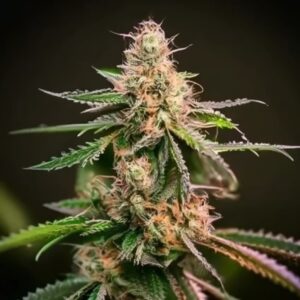

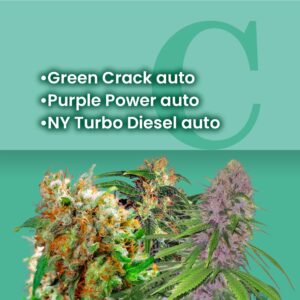
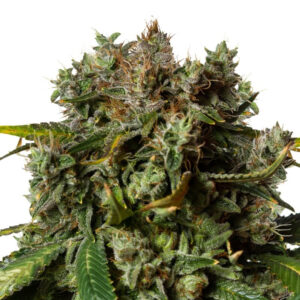


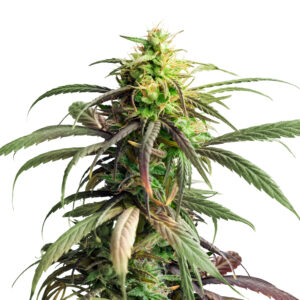






Related Posts
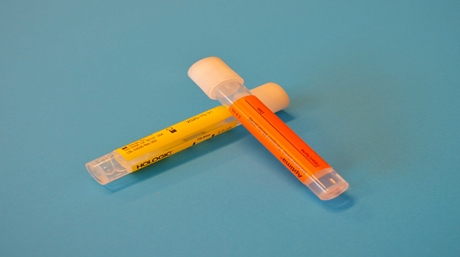
Marijuana effects vary from one individual to another. Some people may feel anxious; others may feel relaxed while others just feel paranoid. In very few cases, some people report a dopey feeling while others lose interest in their daily activities.